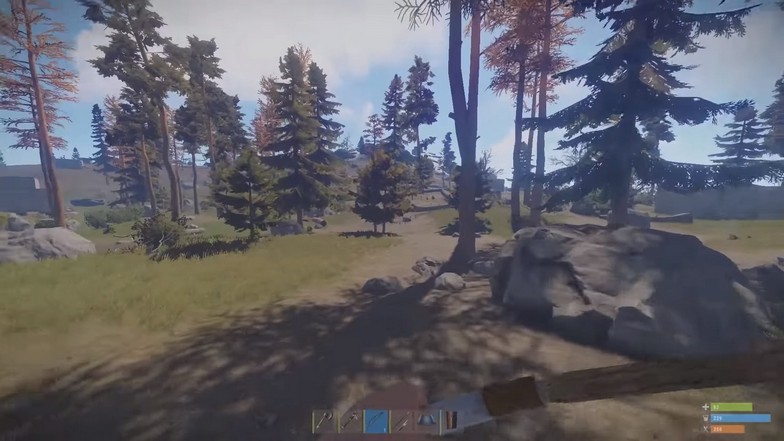

Services like Google Sign-In will display a Google URL in the popup window navigation bar, which offers some reassurance that the login service is actually coming from a trusted company and not an unknown one. You've probably seen these windows: you click on something like a "Sign in with Microsoft" button on a website, and popup appears asking for your credentials to access your account or profile. It's a way to steal login credentials by simulating the little browser windows that Google, Microsoft, and other authentication service providers pop up that ask you for your username and password to continue. The former "Rust/WinRT" label has been ditched in favour of "Rust for Windows" in this release and as well as support for Win32 and COM APIs in the windows crate (enabled by the win32metadata project) build times and error handling have been improved.Ī novel way of tricking people out of their passwords has left us wondering if there's a need to rethink how much we trust our web browsers to protect us and to accelerate efforts to close web security gaps.Įarlier this week, an infosec researcher known as mr.d0x described a browser-in-the-browser (BitB) attack.
RUST FOR WINDOWS CODE
We had a crack at Microsoft's Hello World example using Visual Studio Code and found the process relatively straightforward, even if the download size of the components required dwarfed the diminutive message box. While it has been possible for the adventurous to delve into the API, "completed consumption" support makes things considerably easier. Even the most beloved of languages will struggle to avoid a dip into the API of yesteryear if it is to run efficiently on the Windows platform.

It's a tacit admission that no matter how much Microsoft might hope it will, the Win32 API does not seem to be going anywhere any time soon.

Version 0.9 of the Rust language projection turned up last week and, according to Microsoft, gives "access to the entire Windows API surface in a language-idiomatic way."
RUST FOR WINDOWS UPDATE
We can download it from its website by clicking the RUST-INIT.EXE button, as shown below.Microsoft has released an update for Rust for Windows (formerly Rust/WinRT) with completed support for Win32 and COM APIs.
RUST FOR WINDOWS INSTALL
We could wait until the download completes and choose the option to install only the build tools.Īfter the installation, Windows may require a restart. The process may take a while to complete. Note that this operation goes before we install Rust on Windows 10. Then, the installer starts downloading installation files to the local machine. Head to the folder where the installer is and double-click it.įrom here on, click the Continue button. Next, we install the MS Visual C++ Build Tools 2019, which requires administrator privilege. 'Rust developers have access to the entire Windows API surface in a language-idiomatic way, allowing them to easily take advantage of the power and breadth of Windows development.' Thats a big deal for the Rust community - and Microsoft - because the company has long been eyeing Rust as a safer alternative to C++ for low-level Windows programming. Click the Download button for Build Tools for Visual Studio 2019 as shown below. The first step to take is to download MS Visual C++ Build Tools. Install MS Visual C++ Build Tools 2019 For Windows Before Rust To start with, we use the following items for this post.
RUST FOR WINDOWS WINDOWS 10


 0 kommentar(er)
0 kommentar(er)
